PESTS AND DISEASES OF FORESTRY IN NEW ZEALAND
Eucalyptus leafroller, Strepsicrates macropetana
Scion is the leading provider of forest-related knowledge in New Zealand
Formerly known as the Forest Research Institute, Scion has been a leader in research relating to forest health for over 50 years. The Rotorua-based Crown Research Institute continues to provide science that will protect all forests from damage caused by insect pests, pathogens and weeds. The information presented below arises from these research activities.
Forest and Timber Insects in New Zealand No. 57: Eucalyptus leafroller.
Revised 2009
Fully revised N. Mauchline and T.W. Withers (2000)
Based on M.J. Nuttall (1983)
Insect: Strepsicrates macropetana (Meyrick) (Lepidoptera: Tortricidae)
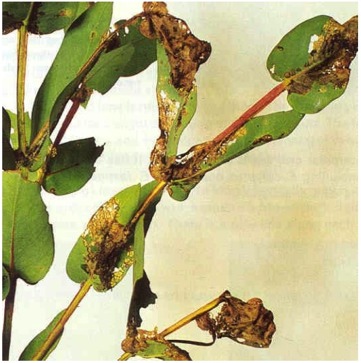
Fig. 1 - Eucalypt leaves webbed together and skeletonised by eucalyptus leafroller caterpillars.
Type of injury
Caterpillars of the eucalyptus leafroller feed on the leaves, buds and developing flowers of young eucalypts (Fig. 1). Silken threads and foliage are combined, resulting in the formation of a protective shelter from which the leafroller feeds. The caterpillar may construct several shelters within its life span and it is possible to find more than one leafroller within an assemblage of webbed leaves. The younger caterpillars scour the leaf surface as they feed, and may also excavate terminal buds. Continuous feeding and webbing results in a browned surface (Fig. 2), which eventually becomes skeletonised and dies (Fig. 3). Rolls of leaf matter may be localised at the shoot tips of young eucalypts and the “rolls” may consist of two or three leaves attached together side by side. Damage can be significant, especially on young trees (Fig. 4).
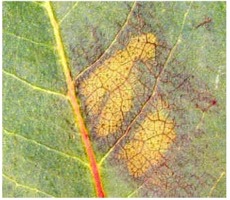
Fig. 2 - Scouring damage to surface of eucalypt leaf by young eucalyptus leafroller caterpillars.
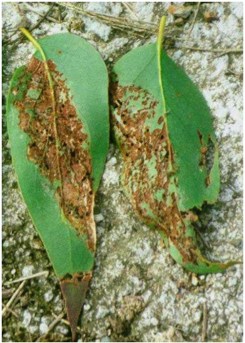
Fig. 3 - Eucalyptus leaves skeletonised by a eucalyptus leafroller.
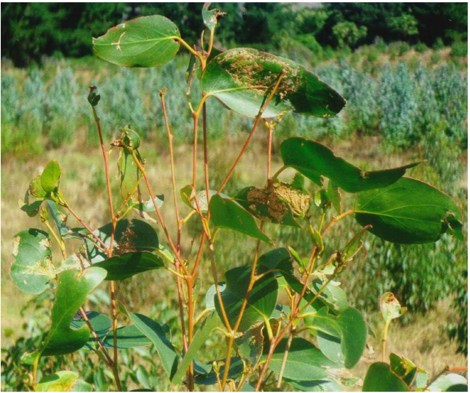
Fig. 4 - Typical damage inflicted by eucalyptus leafroller caterpillars.
Hosts
The eucalyptus leafroller feeds only on eucalypts. It has been found damaging a wide range of eucalypts in New Zealand within the subgenera Symphyomyrtus and Monocalyptus. Research has shown that the leafroller is most abundant on Eucalyptus microcorys, E. nitens, E. fastigata, and E. saligna. Less susceptible species include E. cladocalyx, E. baxteri, E. muelleriana, E. obliqua, E. globoidea, and E. regnans. It has also been reared from Melaleuca fulgens (fiery bottlebrush).
Distribution
This Australian native was first recorded in New Zealand in 1921, and is now distributed throughout the country.
Economic importance
The eucalyptus leafroller can have significant impact upon the growth and form of eucalypts, as a result of considerable shoot, foliage and flower loss. Loss of apical dominance can result from severe bud damage, and seed crops within orchards may be significantly reduced by damage to developing flowers.
Description, life history and habits
The eggs of the eucalyptus leafroller are circular in shape and range in colour from a pale cream to brown as the egg matures. Eggs are typically laid singly, close to the central leaf vein on the underside of eucalyptus leaves. Leafroller eggs generally hatch seven days after they are laid.
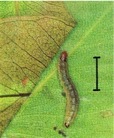
Fig. 5 - Eucalyptus leafroller caterpillar. The U-shaped mark on the last abdominal segment is a distinguishing characteristic of this species.
The line shows natural length.
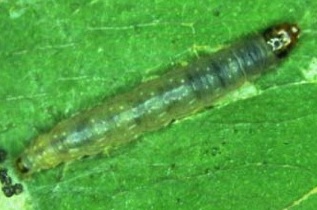
Fig. 6 - Eucalyptus leafroller caterpillar.
A young leafroller caterpillar is translucent green/yellow in colour, and the head and next segment (prothorax) is blackened. A caterpillar ranges from 8 to 14 mm in length when fully grown (Fig. 5 and 6), and moults five times throughout its life-cycle. As the caterpillars mature, the body becomes dark green in colour, and the head and next segment becomes brown. A pale lateral line is evident along the body, and each segment has several noticeable white dots, each bearing a single hair. The final segment of the body is consistently square and contains a distinctive dark “U-shaped” mark, which can be a useful feature for identifying the eucalyptus leafroller from other leafroller caterpillars. Prior to the final moult the caterpillar’s body colour changes from a greenish/brown to a pink/red (Fig. 7).
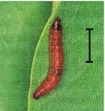
Fig. 7 - Caterpillar prior to the final moult (pink form). The line shows natural length.
The pupa of the eucalyptus leafroller is golden brown (Fig. 8) in colour and will darken before it emerges as a moth. The pupae are contained within silk cocoons and can be found in old leaf rolls, loose bark, dry leaves or within soil at the base of a tree. Male pupa has four ventral abdominal segments visible, whereas the female has three segments visible. The pupation period generally lasts nine days before the moths emerge.
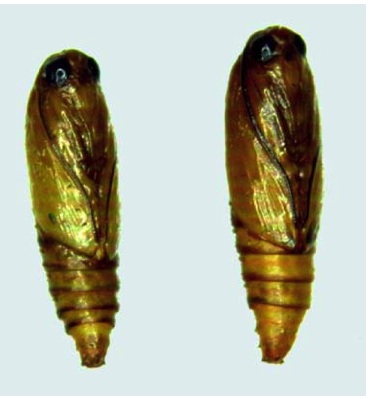
Fig. 8 - Eucalyptus leafroller pupae. Male on left, female on right.
The adult moth is nocturnal and has a wingspan of between 13 and 19 mm. Typically, the male moth has uniform ash/grey forewings, with darker bands (Fig. 9, 10 and 11). The female has a light wavy band along the rear edge of the forewing, edged by a thin dark line. Three shorter black lines are also evident near the forewing, these are only visible with a hand lens. The male and female hindwings are a uniform brownish grey, containing a fringe of hairs along the edge. The moth can live between 5 and 21 days, and throughout that time the female moth may lay up to 270 eggs.
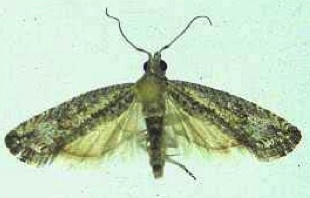
Fig. 9 - Eucalyptus leafroller adult male.
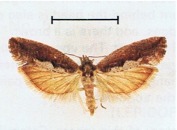
Fig. 10 - Eucalyptus leafroller adult.
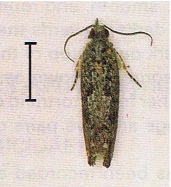
Fig. 11 - Eucalyptus leafroller adult at rest.
The eucalyptus leafroller has a life cycle of 5-7 weeks in the warmer conditions within New Zealand, and subsequently has several generations per annum. Research has shown all life stages of the leafroller can be found throughout the year, and they are most abundant between December and March.
Control
Populations appear to be naturally moderated by a protozoan disease that can affect the caterpillars, and various parasitoids. These parasitoids include the generalist leafroller parasitoid, Trigonospila brevifacies Hardy, introduced into New Zealand for the control of horticultural leafroller pests. Parasitism of the leafroller pupae (Fig. 12) can be as high as 45%. Also, the yellow banded ichneumon wasp (Xanthopimpla rhopaloceros Krieger) has been observed in association with this leafroller. Future control of the eucalyptus leafroller could involve the use of pheromone monitoring and trapping devices.
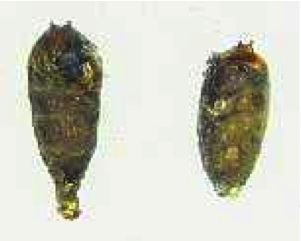
Fig. 12 - Pupae parasitised by Trigonospila brevifacies .
Bibliography
Dugdale, J.S., 1988: Fauna of New Zealand: Lepidoptera. No. 14. Science Information Publishing Centre, DSIR, Wellington, New Zealand.
Dugdale, J.S. Gleeson, D.; Clunie, L.H. and Holder. P.W. 2005: A diagnostic guide to Tortricidae encountered in field surveys & quarantine inspections in New Zealand: Morphological and molecular characters. Ministry of Agriculture and Forestry National Plant Pest Reference Laboratory. 163 pp.
Mauchline, N.; Withers, T.M.; Wang, Q. and Davis, L. 1999: Life history and abundance of the eucalyptus leafroller, Strepsicrates macropetana Meyrick. Proc. 52nd New Zealand Plant protection Conference: Pp 108-112.
Nuttall, M.J. 1983: Strepsicrates macropetana Meyrick (Lepidoptera: Tortricidae). Eucalyptus leafroller. New Zealand Forest Service, Forest and Timber Insects in New Zealand No. 57.
Philpott, A. 1923: Spilonata macropetana in New Zealand. New Zealand Journal of Science and Technology 6: 216-217.
This information is intended for general interest only. It is not intended to be a substitute for specific specialist advice on any matter and should not be relied on for that purpose. Scion will not be liable for any direct, indirect, incidental, special, consequential or exemplary damages, loss of profits, or any other intangible losses that result from using the information provided on this site.
(Scion is the trading name of the New Zealand Forest Research Institute Limited.)

 Farm Forestry New Zealand
Farm Forestry New Zealand

